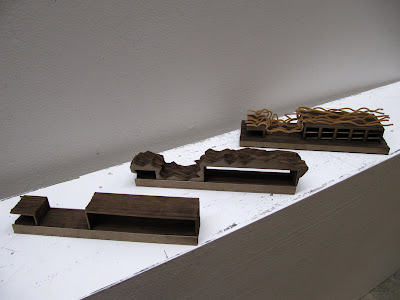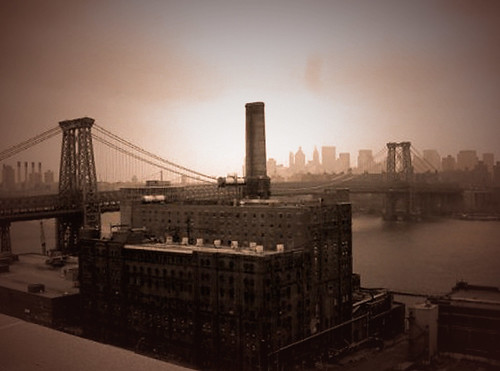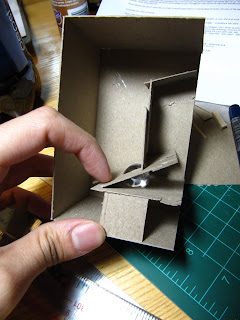After the harsh mid-term, the project is a arduous journey for me: to rethink, reduce and refine. The thought located at the community garden aspect. However, the pervious thought of theater projection/social housing is still haunting me.
For me, the Stalled Construction Site is still a very complex social problem which involved both political and capital power. It's the result of the conflict between these two powers which are both main inner forces that drive the infrastructure to grow.
From the study of the green open space near the site, I thought that nature is another inner force that drive the infrastructure to grow and it is almost a counter-force compared to political and capital power.
The force and counter-force are:
Climatic/de-Climatic;
Production/Consumption;
Restorative/Stimulative.
Last Friday, the talk w/ Robert brings me back to so many idea I have before. Especially the theater aspect. It feels like I was suddenly back to the beginning of the project, in a good way. There must be a reason that I cannot totally comfortably reduce my project to a community garden and after the talk, I started to think about this reason. I guess, I still see the stalled construction site as a complex thing which is really hard to be resolved. The community garden, the theater and the social housing are all the program that give answer to this complex problem in different aspects. But what will be the relationship among them?
Thanks to my English 124 class. The topic we discuss these day is Narrative & Counter-Narrative. I am still not 100% sure about the definition of Narrative & Counter-Narrative, but basically, if "Narrative" is "telling a story", then "Counter-Narrative" is telling that same story in a different way.
“in this sense, a 'counter-narrative' is an alternative way of narrating events, and this alternative way of narrating events might contradict or be different from the most accepted narrative”(Sarah-our English professor).
For me, the relationship among the community garden, the theater and the social housing is actually the relationship between "narrative" and "counter-narrative". All of them are narratives to the stalled construction site and they are counter-narrative to each other. Since they are counter-narrative to each other, it shows the complex inner forces that compete within the stalled construction site.
Now, the question pointed to "who will be inner force that drive these three different programs?"
I am setting up a play.
The architect brings the idea of the community garden; A choreographer who lived in Brooklyn passed the community project designed by the architect and was attracted by the project. He found so many similar spacial aspect of the community garden compared to that of the theater setting. He asked the resident who was hanging out there:"What did you do here at night?" "Nothing. We don't usually come at night." The choreographer had an idea.
The choreographer adapted the community garden into a theater at night. The play involved both the actors and the staffs who in charge of the lighting, the pulleys, the sound, since the "transparent floor" enables the perspective of audience to extend to the movement of all the staffs.
Winter, since there is hot water running in the pipes, the homeless start to get around the pipes and even stack their bodies among the pipes.
No body know who brings the Boston ivy, but someone grow the ivy there! The vine start to make the transparent floor more and more solid. It's like a lawn in the sky, sunlight becomes green.
The building maintain staffs begin to complain! The vine even extend inside the mechanical room of the building. It seems it's going to intertwine the machines!
Somebody cannot take their boxes down because the vine twisted among the pulley.
The play at night changes a lot, now the lighting focuses on intergraded the ivy into the play.
The developer started to worry. It seems this supposed-to-be temporary structure is getting more and more "heavy" and it is very hard to take down.
The parking lot next to the site completed. People start to drive here to place their plants. On weekend, there is even a community market for people to exchange goods there.
The residential building next to the site completed. People enjoy a great green view outside there window.
......
No body will know what will happen last. We cannot predict how it will be. Because it is driven by so many forces - people- and it grows by its own. It is impossible for any individual to determine the fortune of it now. Once it obtain the inner growing forces, it becomes the infrastructure now.
The next step will be the question of Representation.








































